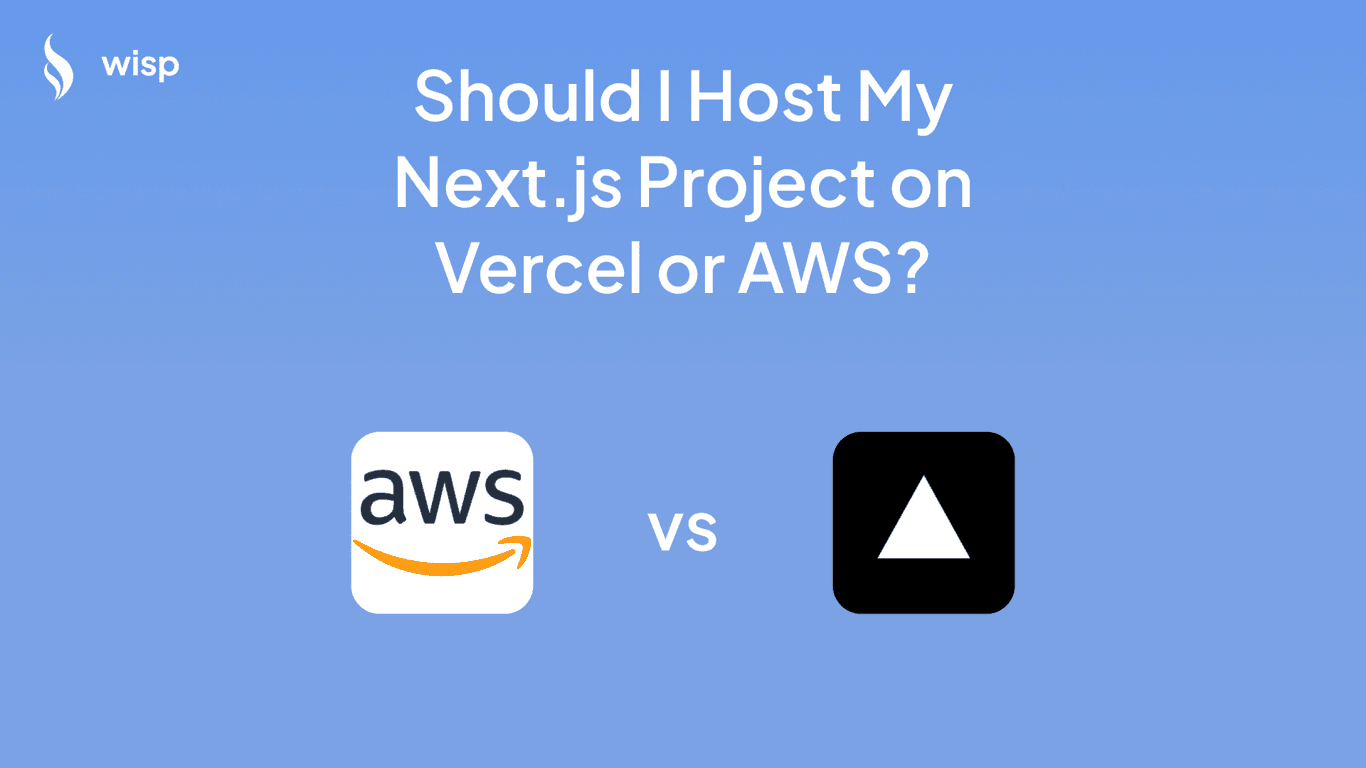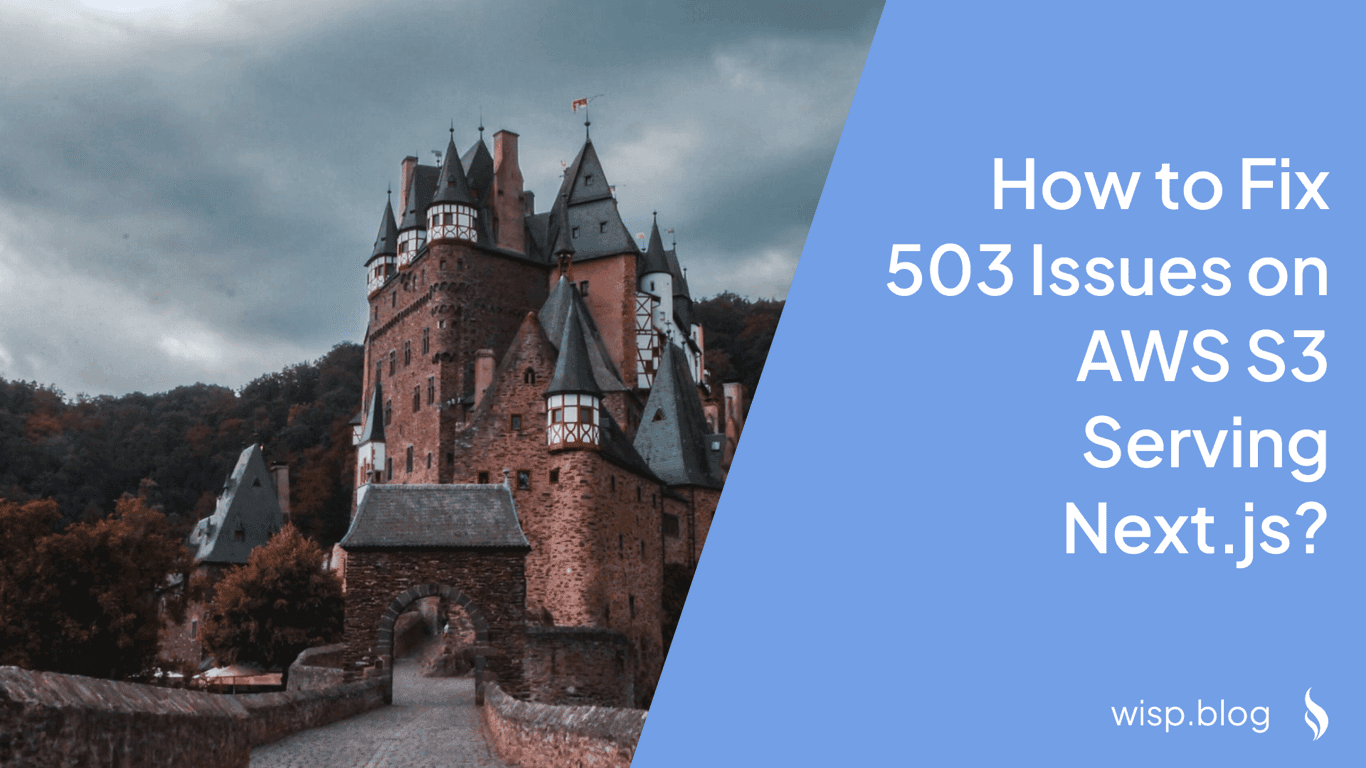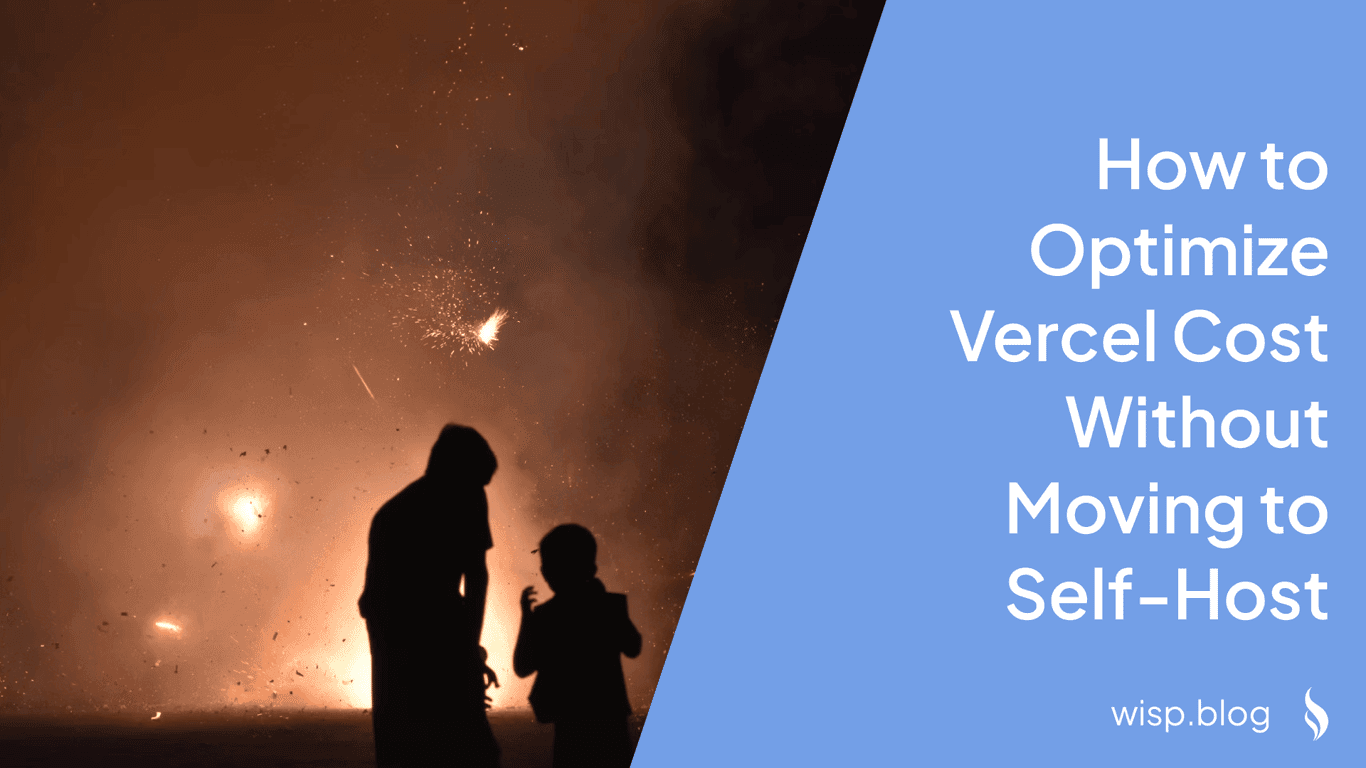 You've built an impressive Next.js application and are considering AWS for deployment instead of Vercel. But as you research options, you keep encountering warnings about "cold starts" - with users reporting shocking response times of "a few seconds when it should only be 1-200ms." This performance gap could seriously impact your user experience and conversion rates.
You've built an impressive Next.js application and are considering AWS for deployment instead of Vercel. But as you research options, you keep encountering warnings about "cold starts" - with users reporting shocking response times of "a few seconds when it should only be 1-200ms." This performance gap could seriously impact your user experience and conversion rates.
Cold starts occur when your serverless function needs to be retrieved from storage and loaded into memory before processing a request, typically after periods of inactivity or during traffic spikes. For Next.js applications deployed on AWS Lambda, this can create noticeable delays that frustrate users and undermine the benefits of your carefully crafted application.
Fortunately, you don't have to choose between the simplicity of managed platforms and the control and cost benefits of AWS. By understanding the mechanisms behind cold starts and implementing strategic solutions, you can achieve Vercel-like performance while maintaining the flexibility and potential cost advantages of AWS deployment.
Understanding Cold Starts and Their Impact
Cold starts happen when a serverless function, like an AWS Lambda, is invoked after being inactive. The system needs to:
Provision a new execution environment
Load your application code
Initialize the runtime
Execute your handler function
This process can take several seconds, especially for larger applications or those using frameworks like Next.js that have substantial initialization requirements.
According to research by Jeremy Daly, while cold starts account for less than 0.2% of all Lambda invocations, they primarily affect synchronous requests - precisely the type that power web applications. This can lead to response times exceeding 5 seconds in worst-case scenarios, far beyond the 200ms threshold that users expect.
As one developer noted on Reddit: "This can make the response take a few seconds when it should only be 1-200ms." Such delays directly impact user experience, potentially increasing bounce rates and reducing conversions.
Strategies to Mitigate Cold Starts
1. Keeping Lambda Functions Warm
One of the most straightforward approaches is to prevent your functions from going cold in the first place by implementing "warmers" - scheduled tasks that periodically invoke your functions to keep them active.
The Lambda Warmer module by Jeremy Daly provides an elegant solution:
const warmer = require('lambda-warmer');
exports.handler = async (event) => {
// Check if this is a warming event
if (await warmer(event)) return 'warmed';
// Normal function execution
return 'Hello from Lambda';
};
To implement this effectively:
Schedule invocations at least every 5 minutes (Lambda's default cold timeout)
Configure your warmer to concurrently invoke multiple instances based on your expected traffic
Consider using the serverless-plugin-warmup if you're using the Serverless Framework
2. Provisioned Concurrency
While warmers work well for many scenarios, AWS also offers Provisioned Concurrency, which ensures that a specified number of execution environments are always initialized and ready to respond instantly to incoming requests.
aws lambda put-provisioned-concurrency-config \
--function-name my-next-js-function \
--qualifier my-alias \
--provisioned-concurrent-executions 5
This approach:
Eliminates cold starts completely for the provisioned instances
Provides predictable performance for critical functions
Works particularly well for functions with consistent traffic patterns
Developers in the AWS community have reported significant improvements: "Cold starts were a pain, so we started experimenting with provisioned concurrency for our most critical functions," shared one developer on Reddit, noting marked performance improvements.
3. Alternative Hosting Options: Moving Beyond Lambda
For applications where cold starts remain problematic despite the strategies above, consider alternative hosting options that still leverage AWS infrastructure:
AWS Fargate and ECSRunning your Next.js application in containers using AWS Fargate can significantly reduce cold start issues. Unlike Lambda, which has a 5-minute inactivity timeout, containers on Fargate can remain active for much longer periods.
This approach:
Eliminates the 5-minute cold timeout limitation
Provides more consistent performance
Still offers auto-scaling capabilities without the extreme latency of cold starts
For applications with predictable traffic patterns or those requiring maximum performance, EC2 instances with Auto Scaling provide a more traditional but highly effective solution. While you lose some of the serverless benefits, you gain consistent performance without cold starts.
Real-World AWS Architecture for Next.js
A well-designed architecture for Next.js on AWS typically combines multiple services to achieve optimal performance and cost efficiency. Here's a real-world example based on successful implementations:
Components of this Architecture:
Amazon CloudFront for global content delivery and caching of static assets
Amazon S3 for storing static files and assets
AWS Lambda@Edge for handling dynamic routing and CDN-level optimizations
ECS Fargate for running the Next.js application containers
Amazon RDS or Aurora for database services
Application Load Balancer for distributing traffic across containers
This architecture addresses cold starts by:
Using containers on ECS Fargate, which remain warm longer than Lambda functions
Implementing auto-scaling based on traffic patterns
Leveraging CloudFront's caching capabilities to reduce the load on backend services
Cost Considerations and Optimization Tips
While mitigating cold starts is crucial for performance, it's equally important to optimize costs, especially as your application scales. Here are key strategies to balance performance and cost:
Function Size Optimization
As one Redditor noted, "The size of your lambda functions is relevant" to cold start duration. Larger functions take longer to initialize, increasing cold start latency. To optimize:
Keep dependencies minimal and use tree-shaking to reduce bundle size
Consider splitting monolithic functions into smaller, focused functions
Use webpack or esbuild to optimize your Lambda packages
Memory Allocation Tuning
Lambda's CPU allocation is proportional to the memory configured. Higher memory settings often reduce execution time, potentially lowering overall costs despite the higher per-millisecond rate:
Start with a baseline of 256MB memory
Use AWS Lambda Power Tuning to find the optimal memory configuration
Monitor and adjust based on actual usage patterns
A financial services company implementing these techniques reported reducing serverless costs by 43% while maintaining or improving performance, according to research from MarkaiCode.
Balancing Warming and Provisioned Concurrency
While warming functions and provisioned concurrency help with cold starts, they also incur costs even when your application isn't serving users:
Use warming for less critical functions with irregular traffic
Reserve provisioned concurrency for high-priority functions that require consistent performance
Implement time-based scaling for provisioned concurrency to match traffic patterns
Tools to Mitigate Cold Starts
Several tools can help monitor and manage cold starts in your Next.js deployments:
1. AWS Lambda Power Tuning
This open-source tool helps you visualize and fine-tune the memory/power configuration of your Lambda functions. It runs your function with different memory configurations and analyzes performance and cost to find the optimal setting.
2. AWS X-Ray
For comprehensive monitoring, AWS X-Ray provides detailed tracing information that helps identify where cold starts are occurring and their duration:
// Add X-Ray tracing to your Lambda function
const AWSXRay = require('aws-xray-sdk-core');
const AWS = AWSXRay.captureAWS(require('aws-sdk'));3. OpenNext
For developers struggling with on-demand Incremental Static Regeneration (ISR) support on AWS, OpenNext provides a solution. As recommended in AWS community discussions: "Check out OpenNext with SST" for deploying Next.js applications with full feature support, including on-demand ISR.
Conclusion
Cold starts represent a significant but manageable challenge when deploying Next.js applications on AWS. By implementing a combination of warming strategies, provisioned concurrency, and architecture optimizations, you can achieve performance comparable to managed platforms like Vercel while maintaining the control and potential cost benefits of AWS.
Remember that the right approach depends on your specific application requirements, traffic patterns, and budget constraints. Start with simpler optimizations like Lambda Warmer, monitor performance closely, and gradually implement more sophisticated solutions as needed.
Whether you're moving from Vercel to AWS for better control and cost management or building a new application directly on AWS, these strategies will help you deliver a smooth, responsive experience to your users without breaking the bank.
For more guidance on deploying Next.js applications, consult the official Next.js deployment documentation and explore AWS-specific solutions like SST and OpenNext that aim to simplify the deployment process while preserving Next.js's powerful features.



